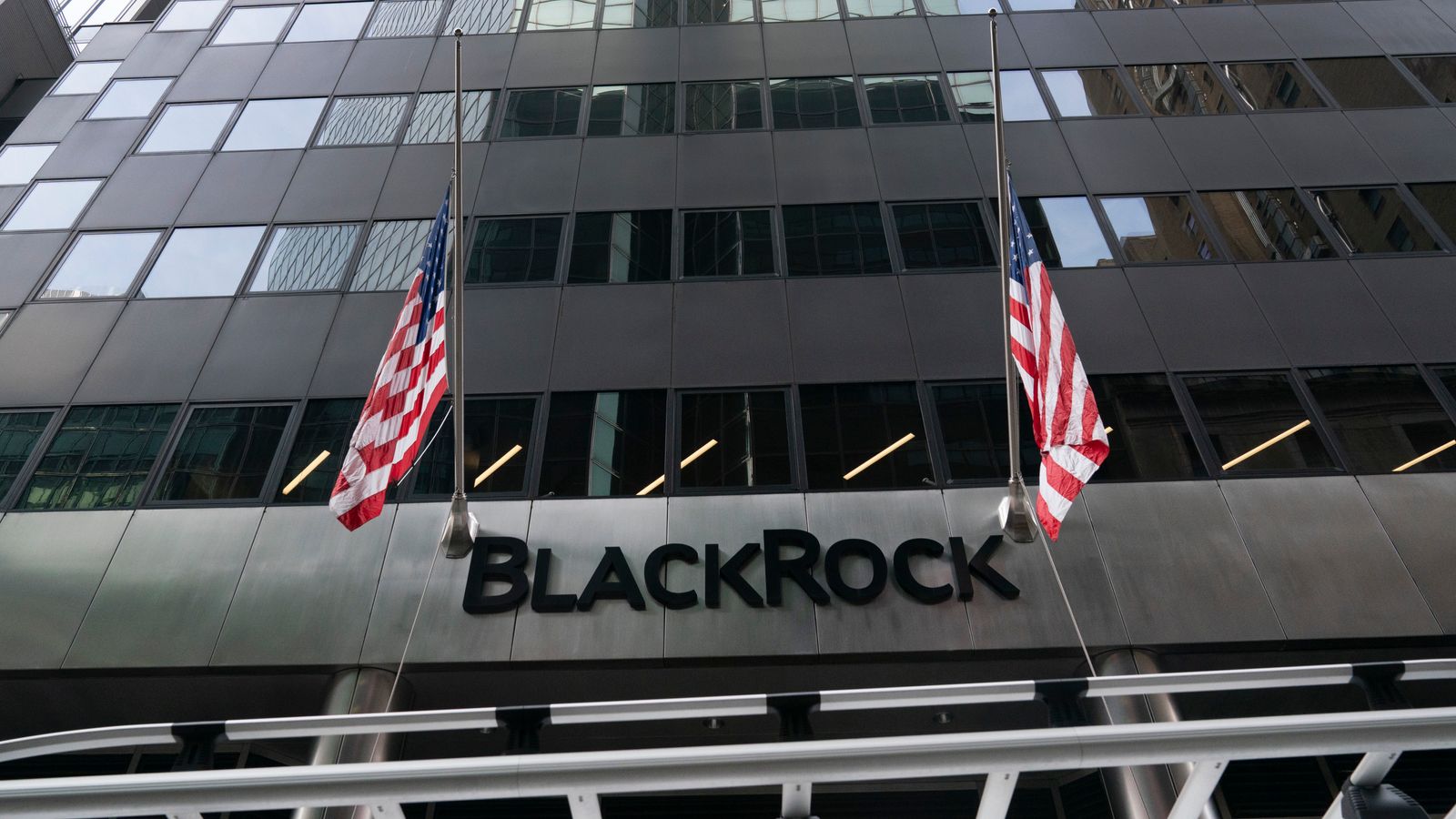
Cable Street tells the story of migrant communities rallying to stop fascists marching through the streets of London – for the show’s creators the themes are just as relevant today.
Song and dance might not be the usual way to talk about the rise of fascism, but the musical Cable Street tells the story of migrant communities joining together to stop the British Union of Fascists from marching through the predominantly Jewish part of east London in 1936.
And nearly 90 years later, director Adam Lenson says it still resonates.
“The writers started writing this in 2019. And I think what they were aware of was that the world was tilting to the right, that actually far-right leaders were gaining power in countries all over the world,” he tells Sky News.
The musical is based on the battle of Cable Street in 1936.
On 4 October, the British Union of Fascists, led by Nazi sympathiser Sir Oswald Mosley tried to march through the predominantly Jewish part of east London.
The violent group, also known as the Blackshirts, was met by thousands of local people from different communities coming together to block their march.
Eyewitnesses from the time describe “Jews and Orthodox Jews in their long silk coats and felt hats standing shoulder to shoulder with Irish Catholics, dockers, Somali seamen, communists, and trade unionists”.
Some estimates say up to half a million people came together to counter-protest, creating blockades and stopping the Blackshirts from passing through to Cable Street.
It is widely considered a triumph over fascism.
“Cable Street for me is about communities coming together to stand up against a common enemy, which is the fascists in 1936,” actor Danny Colligan says.
Read more from Sky News:
Northern Lights could appear over UK this week
Kick It Out founder Lord Ouseley dies
Old graves could be reused
For him, the production is an opportunity for people to learn about history.
“I think using musicals, singing, acting and dancing to make it a little bit more entertaining so that people go ‘I like that, that was fun, now I want to go on Google and research and find out these things’,” he adds.
Almost nine decades later, for some people, history is repeating itself.
In August this year anti-racist organisers, led in large part by the groups Stand Up To Racism and Hope Not Hate, mobilised to counteract the far-right demonstrations that began in response to the attack in Southport that left three children dead on 29 July.
In their hundreds and sometimes thousands anti-racist demonstrators were on the streets of towns and cities including Bristol, London, Liverpool, Birmingham, and Brighton in support of those targeted by anti-immigrant riots.
“My hope is by being set in the present and the past, the piece will show an audience that actually this sort of activism, this sort of community action, isn’t something that belongs in a museum. It’s something that belongs in the here and now,” Lenson says.
Just like with the battle of Cable Street in 1936 concerns about migration, the economy, and housing continue to cause clashes today.
But for the Cable Street musical creators, there is hope that with some song and dance, audiences will be reminded they are better off standing together.
Cable Street is on at the Southwark Playhouse Borough until 16 March.
















